Nikon Kenkyukai Tokyo Meeting Yasukuni Jinja Yasukuni Jinja The origins of Yasukuni Jinja lie in a shrine called Shokonsha, which was established at Kudan in Tokyo in the second year of the Meiji era (1869) by the will of the Emperor Meiji. In 1879, it was renamed Yasukuni Jinja. When the Emperor Meiji visited Shokonsha for the first time on January 27, 1874, he composed a poem: "I assure those of you who fought and died for your country that your names will live forever at this shrine in Musashino." As expressed by this poem, Yasukuni Jinja was established to commemorate and honor the achievements of those who dedicated their precious lives to their country. The name "Yasukuni," bestowed by the Emperor Meiji, means to preserve peace for the entire nation. Currently, more than 2,466,000 divinities are enshrined here at Yasukuni Jinja. These are the souls of the many people who have made the ultimate sacrifice for their nation since 1853, during national crises such as the Boshin War, the Seinan War, the Sino-Japanese and Russo-Japanese wars, World War I, the Manchurian Incident, the China Incident, and the Greater East Asian War (World War II). These people, regardless of their rank or social standing, are considered to be completely equal and worshipped as venerable divinities of Yasukuni. According to traditional Japanese beliefs, respect and awe for the deceased are best expressed by treating the dead in the same manner as if they were alive. Hence, at Yasukuni Jinja, rituals to offer meals and to dedicate words of appreciation to the dead are repeated daily. And twice every year - in the spring and autumn - major rites are conducted at which offerings from His Majesty the Emperor are dedicated. These rites are also attended by members of the Imperial family. Thus, Yasukuni Jinja has a deep relationship with the Japanese Imperial family. Also, five million people visit the shrine every year in its function as a central institution for commemorating those who died in wars.
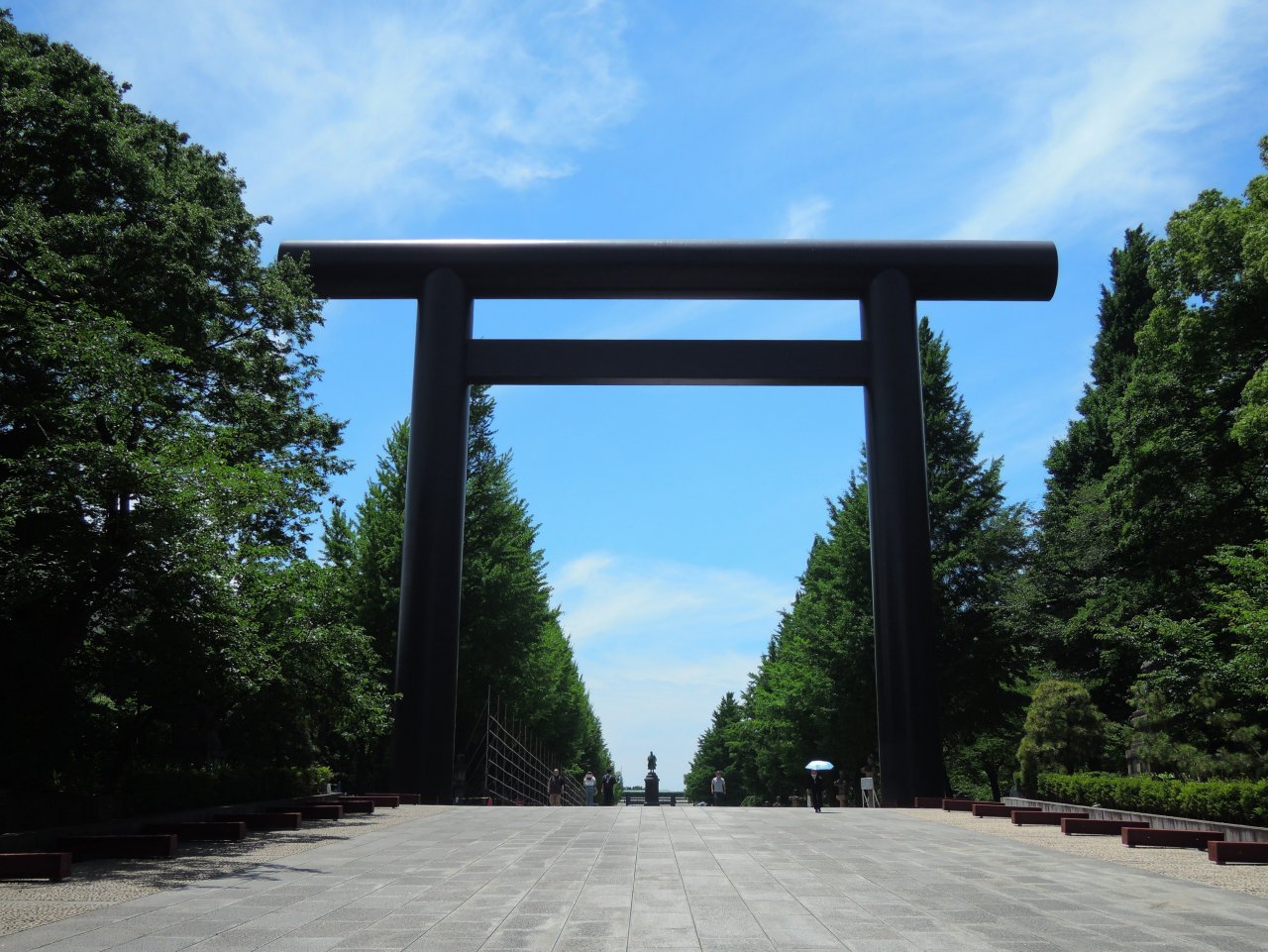
Daiichi Torii
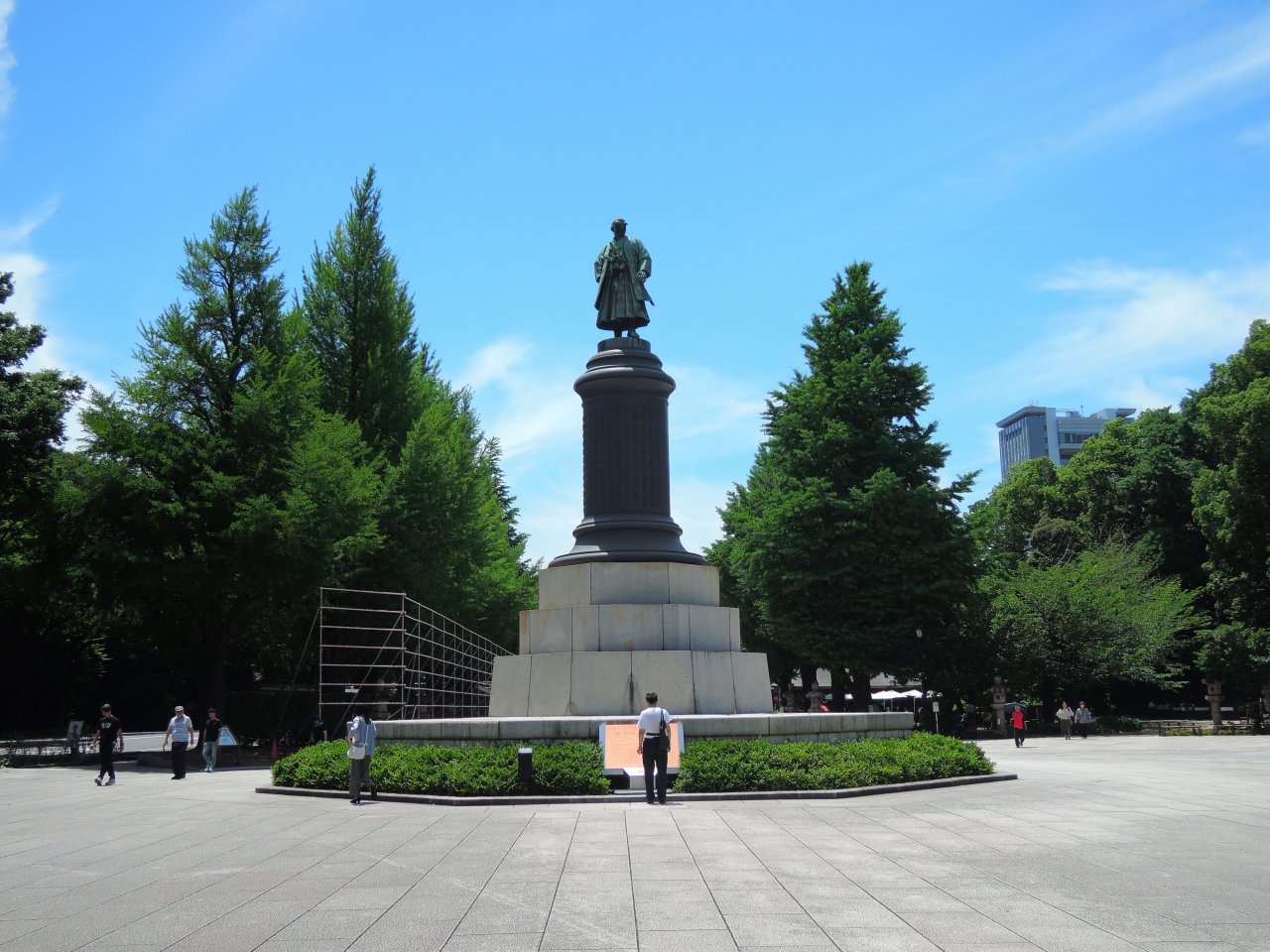
Statue of Omura Masujiro
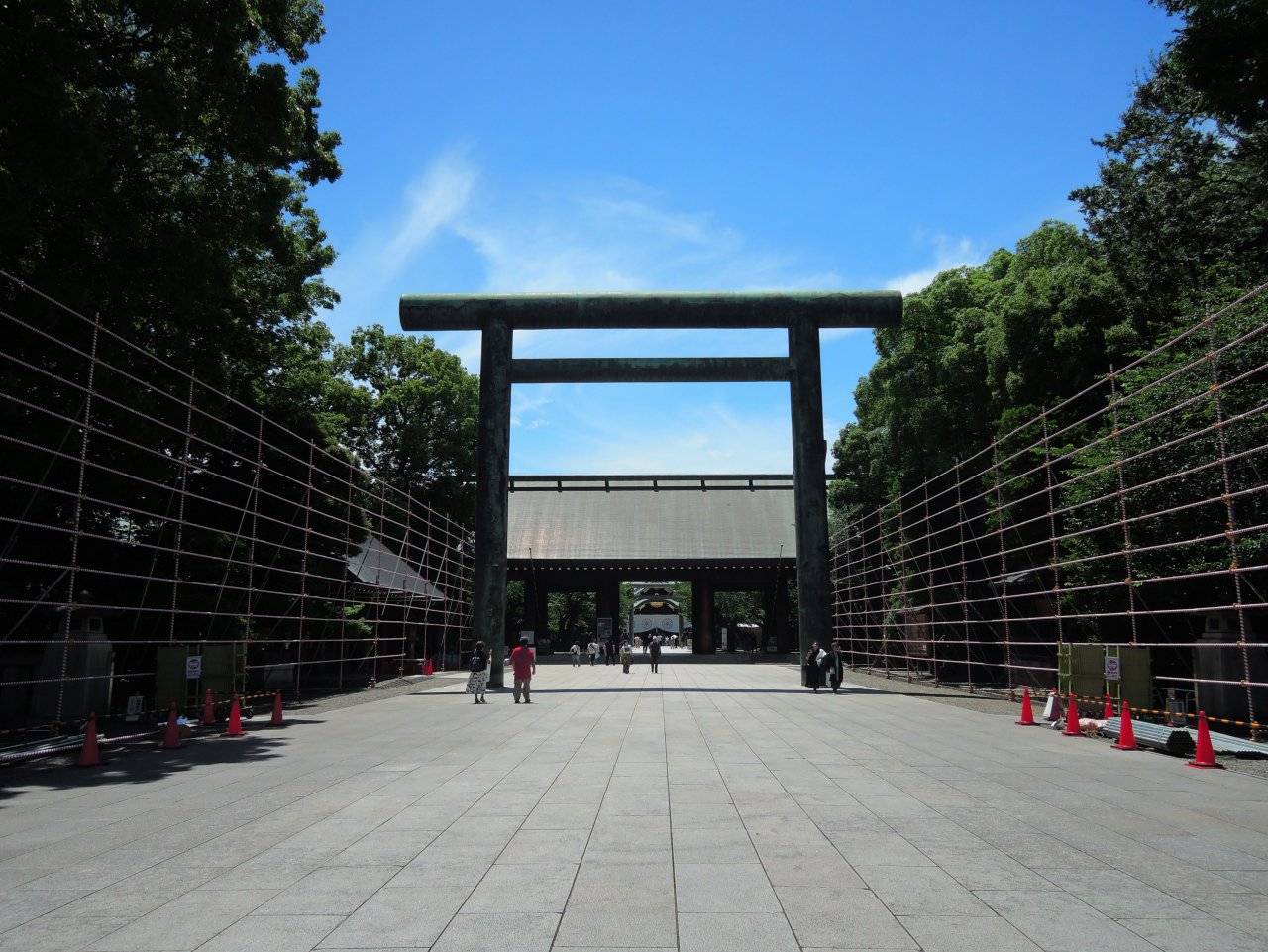
Daini Torii
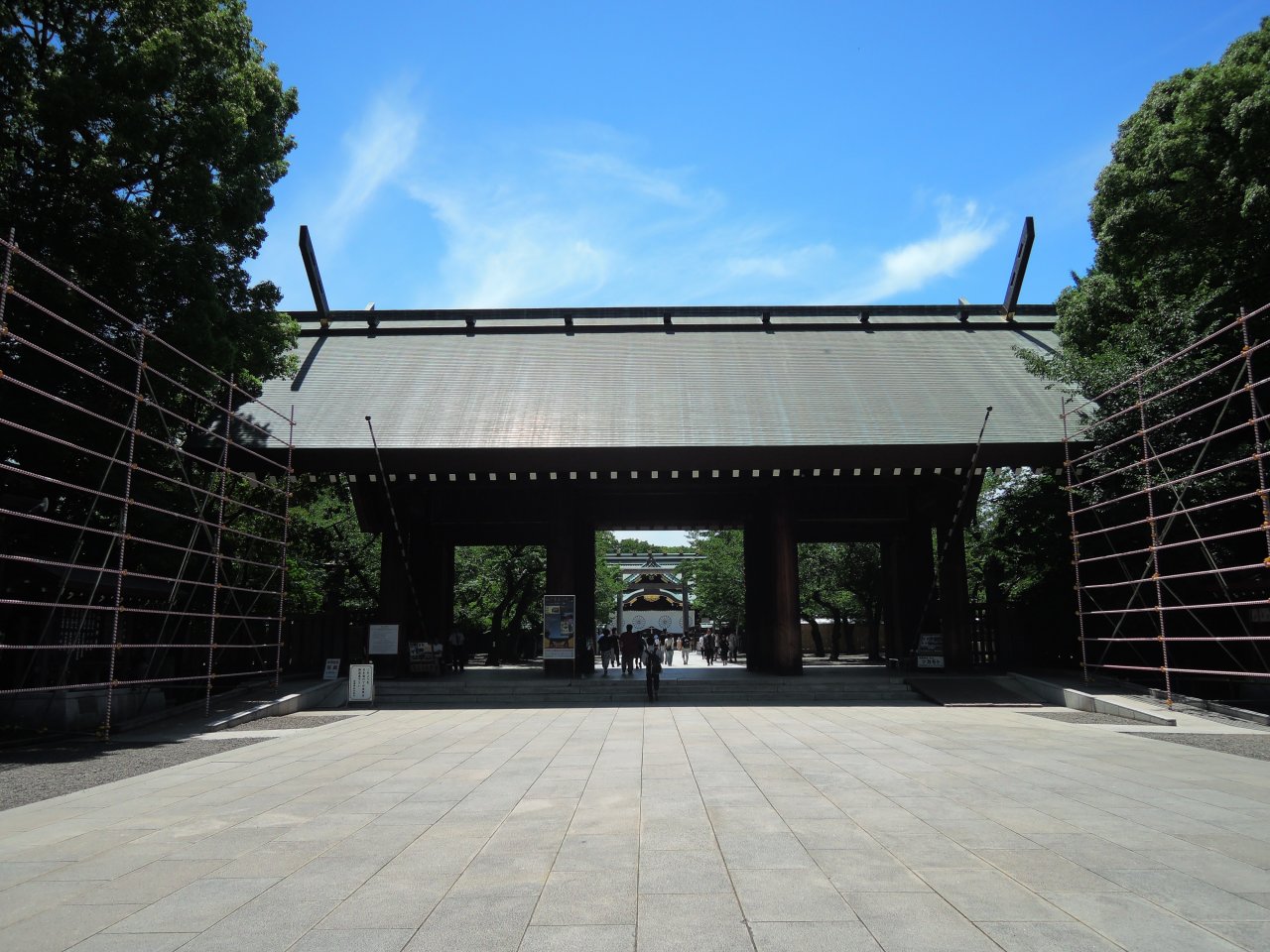
Shinmon
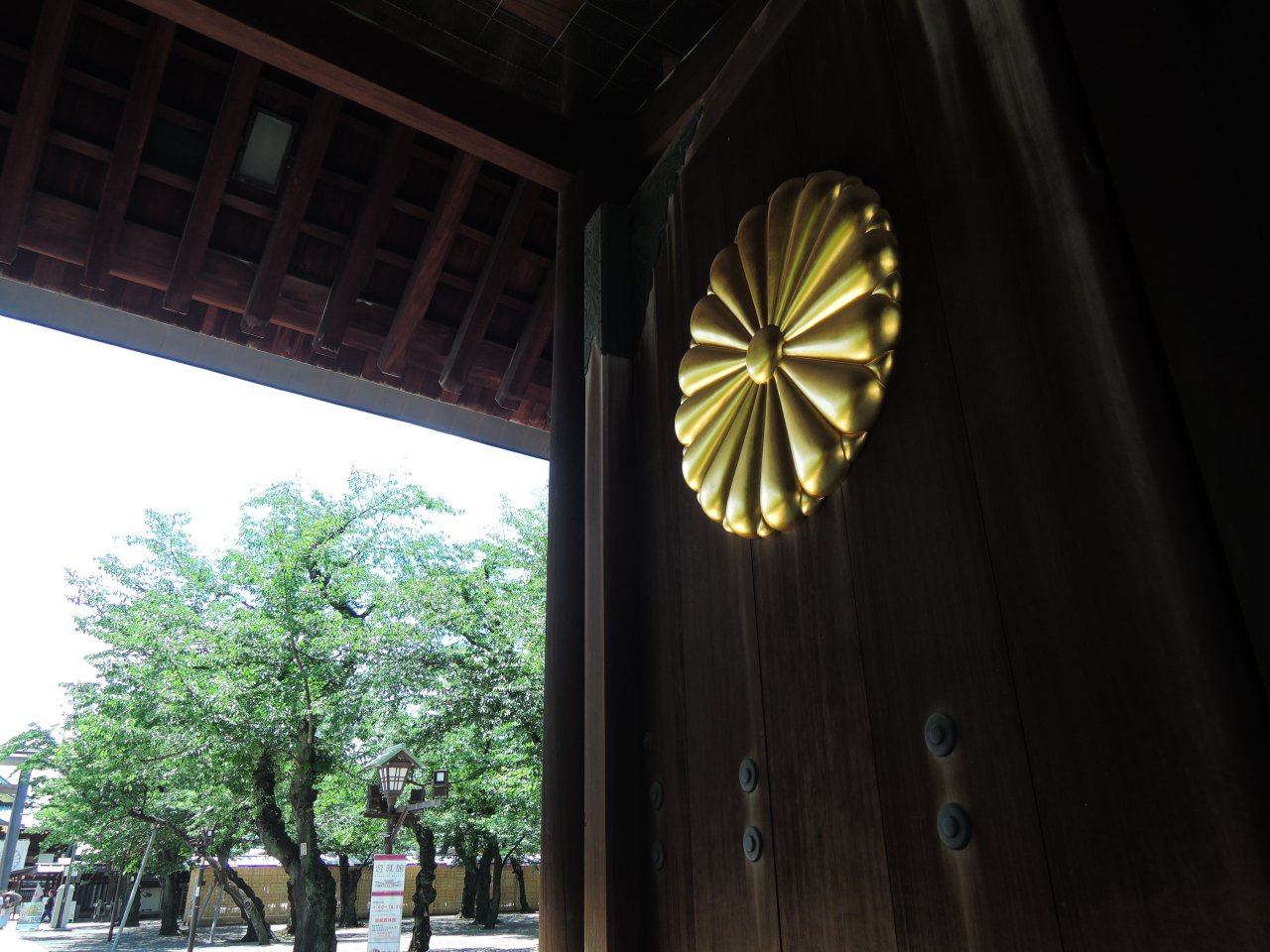
Shinmon
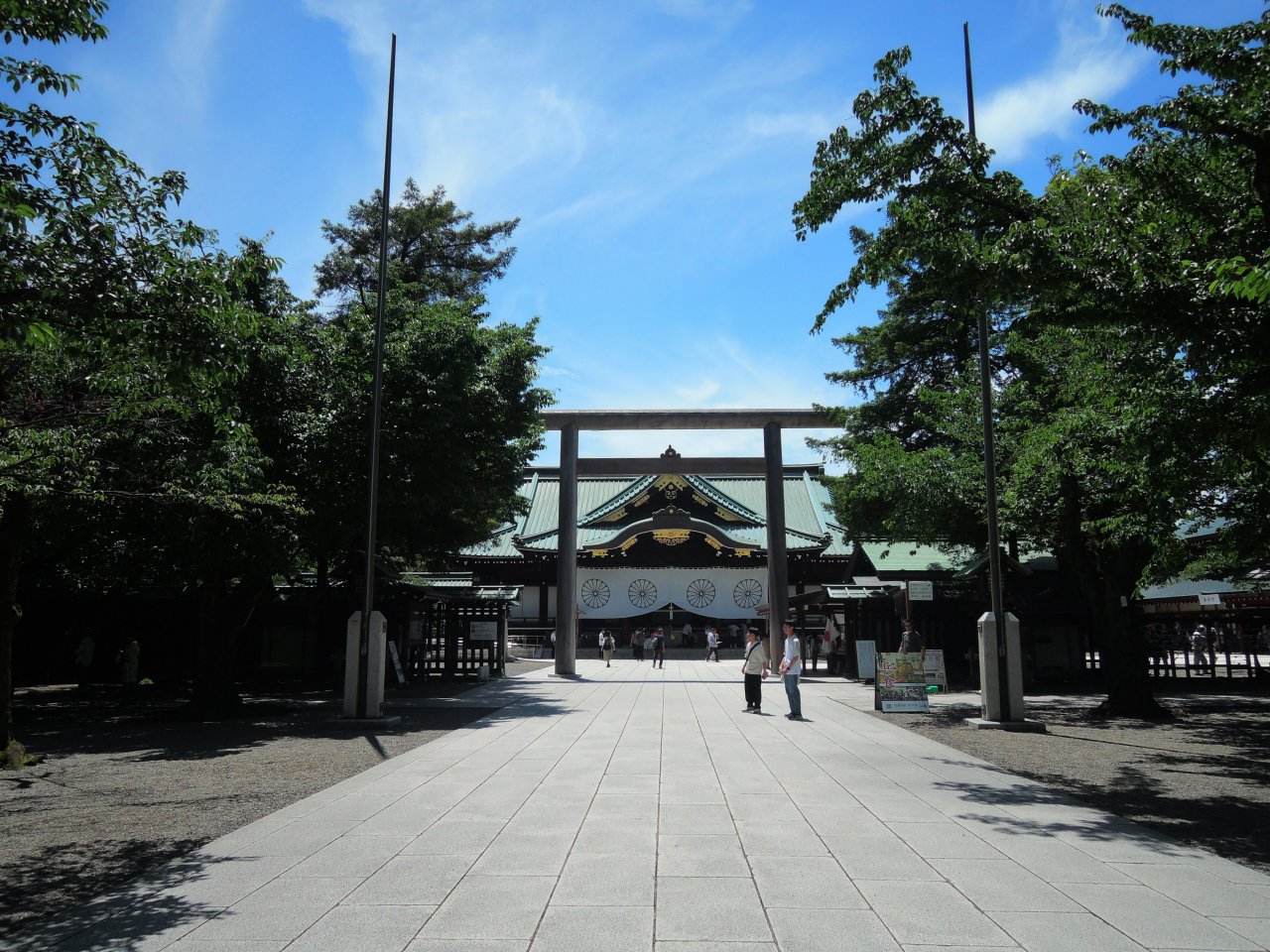
Chumon Torii
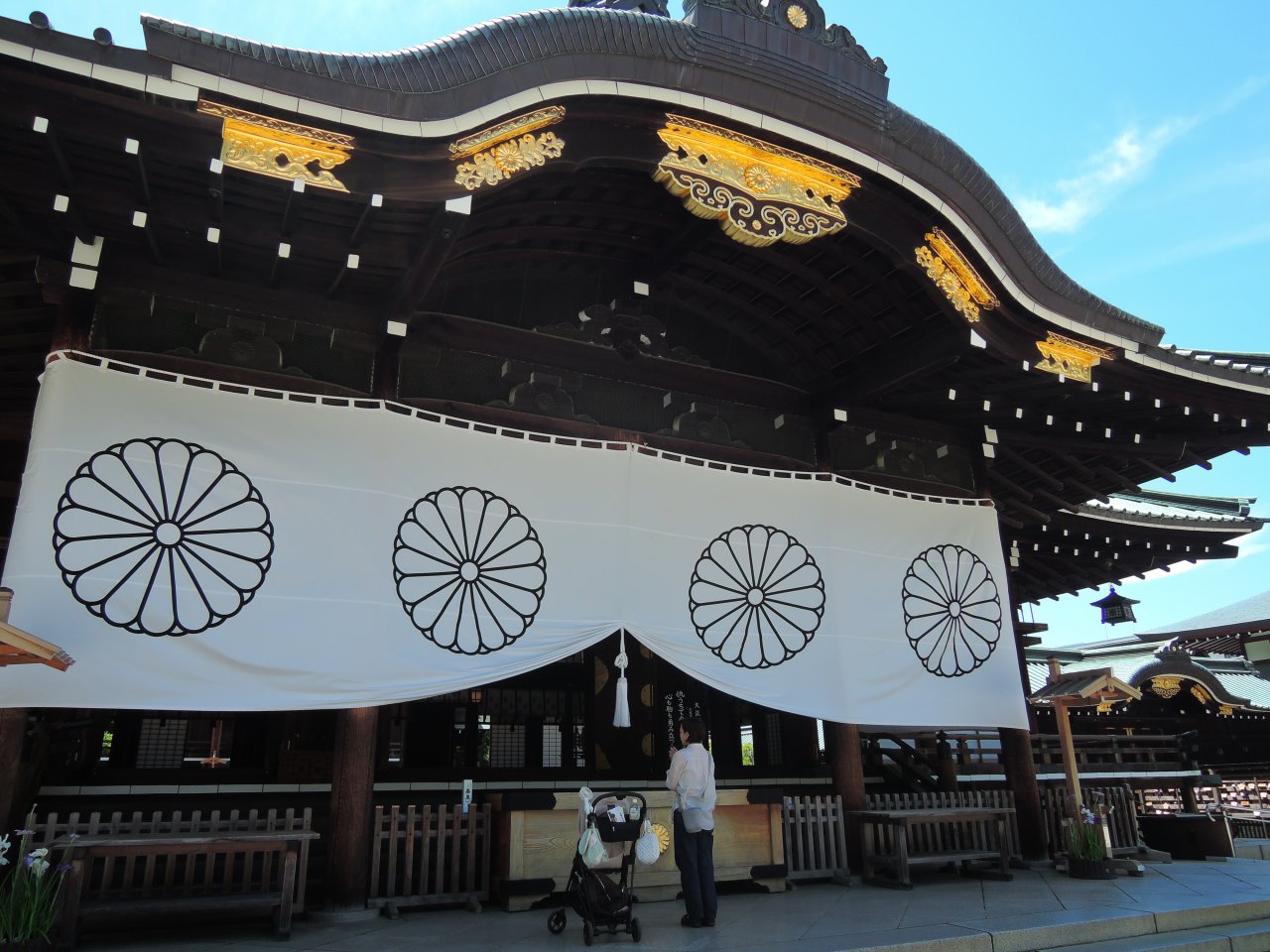
Haiden Formal Worship Members of the Nikon Kenkyukai performed formal worship at the Honden Main Sanctuary. Photography is prohibited inside the Honden Main Sanctuary, so there are no pictures.
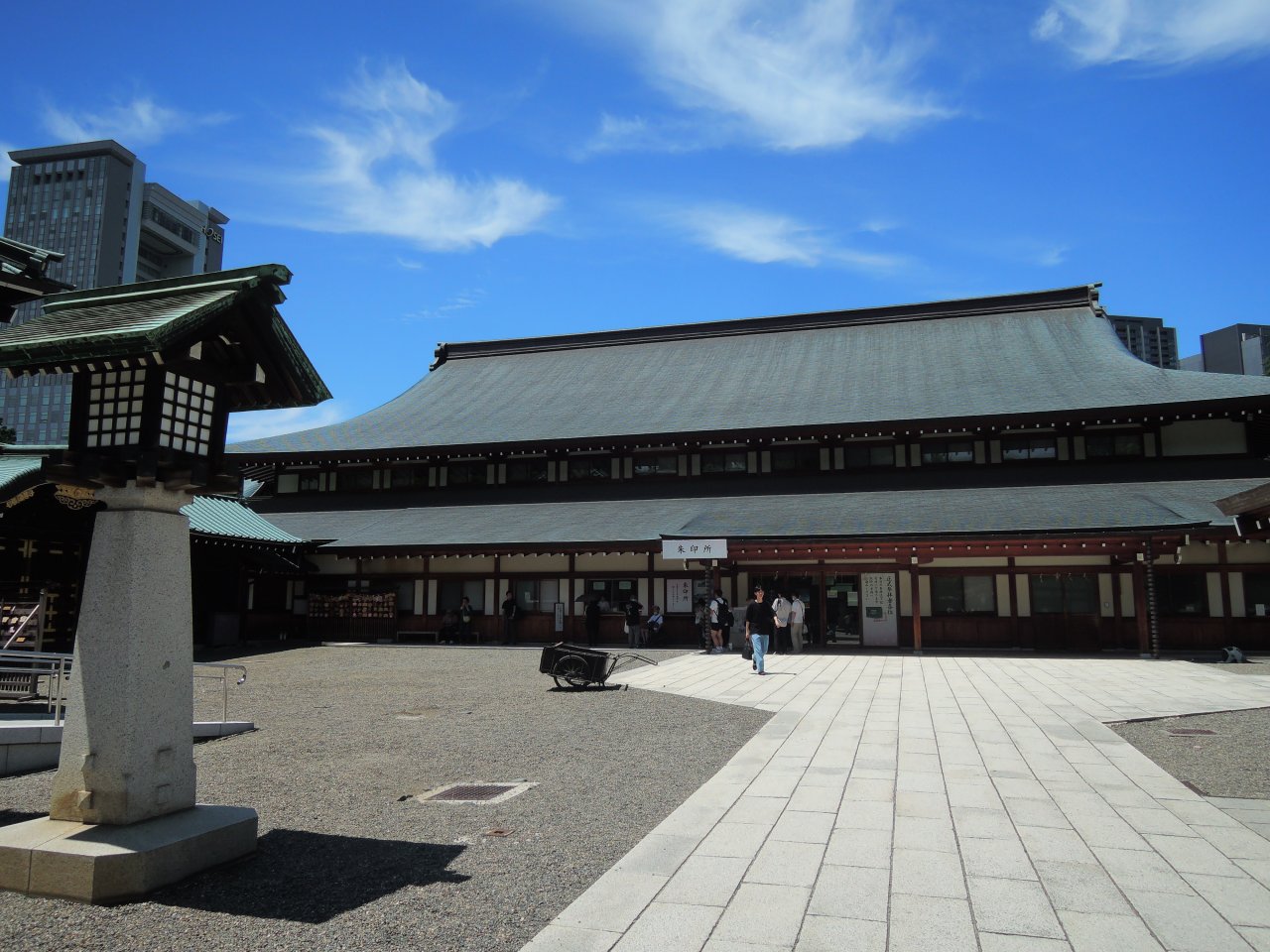
Sanshuden At Yasukuni Jinja, there are enshrined many people who sacrificed themselves in domestic conflicts such as the Boshin War, the Saga Uprising, and the Seinan War. The outbreaks of these wars mark the starting point of modern Japan. Among the enshrined are Yoshida Shoin, Sakamoto Ryoma, Takasugi Shinsaku, and Hashimoto Sanai, historic figures famous for their activities that led to the Meiji Restoration. Also enshrined are many soldiers who died in wars such as the Sino-Japanese War, the Russo-Japanese War, the First World War, the Manchurian Incident, the China Incident, and the Greater East Asian War (Second World War) to protect their country. Currently, there are more than 2,466,000 divinities enshrined at Yasukuni Jinja. Not only soldiers' spirits are enshrined here. There are also the souls of women and schoolgirls involved in relief operation on the battlefields, and a great number of students who went to work in factories for the war effort, as well as civilian personnel, civil-service workers, private citizens, Taiwanese and Korean people who died as Japanese, people who died during detention in Siberian labor camps, and those who were labeled war criminals and executed after being tried by the Allies. Here at Yasukuni Jinja, these people, regardless of their rank, social standing, or gender, are considered to be subjects of completely equal respect and worship, because the purpose of the shrine is exclusively to commemorate those who sacrificed their lives for their nation. That is, the 2,466,000 divinities enshrined at Yasukuni Jinja all sacrificed their lives in the course of fulfilling their public duty to protect their motherland.
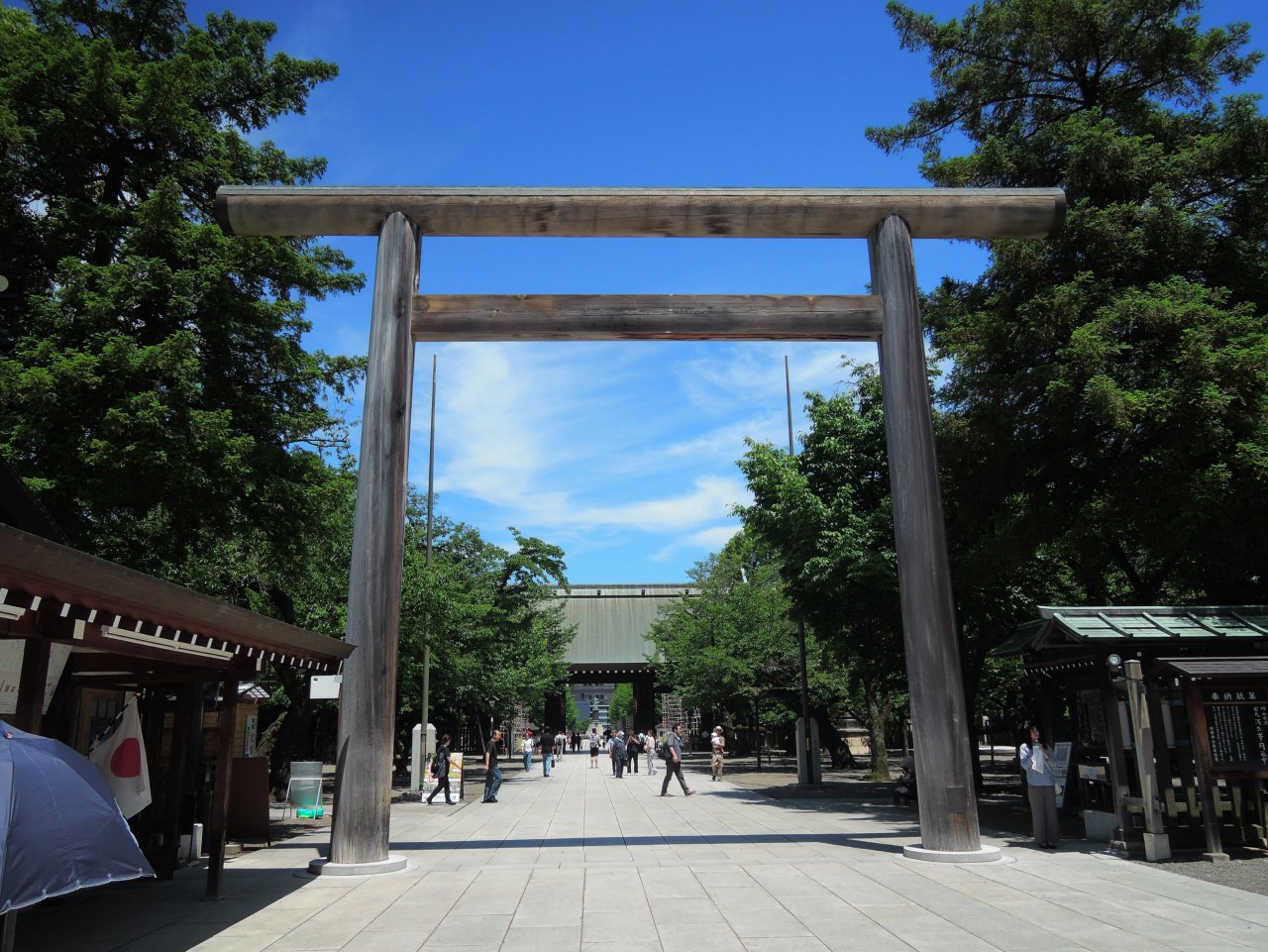
After the Formal Worship Yushukan Museum
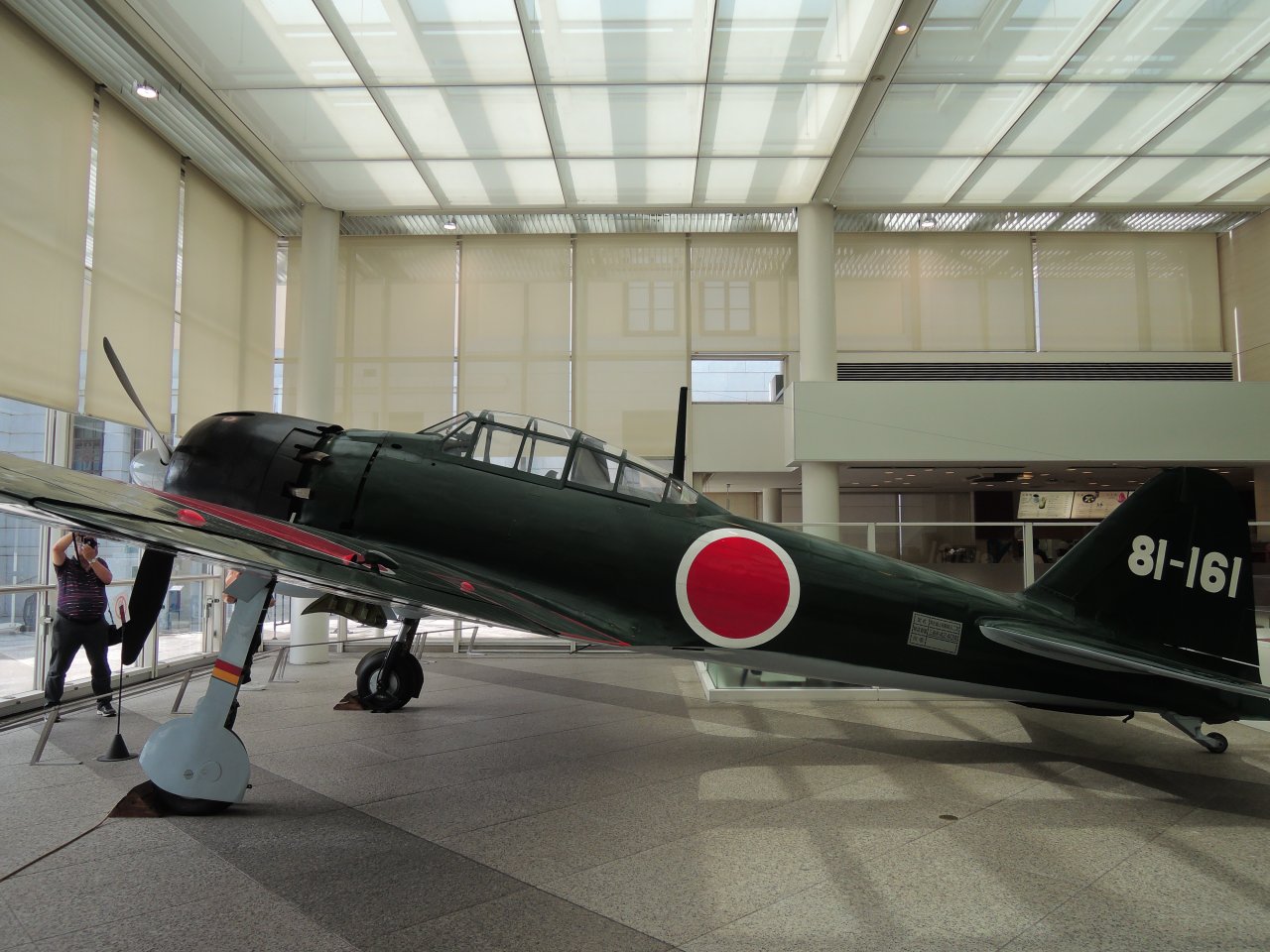
Yushukan Museum
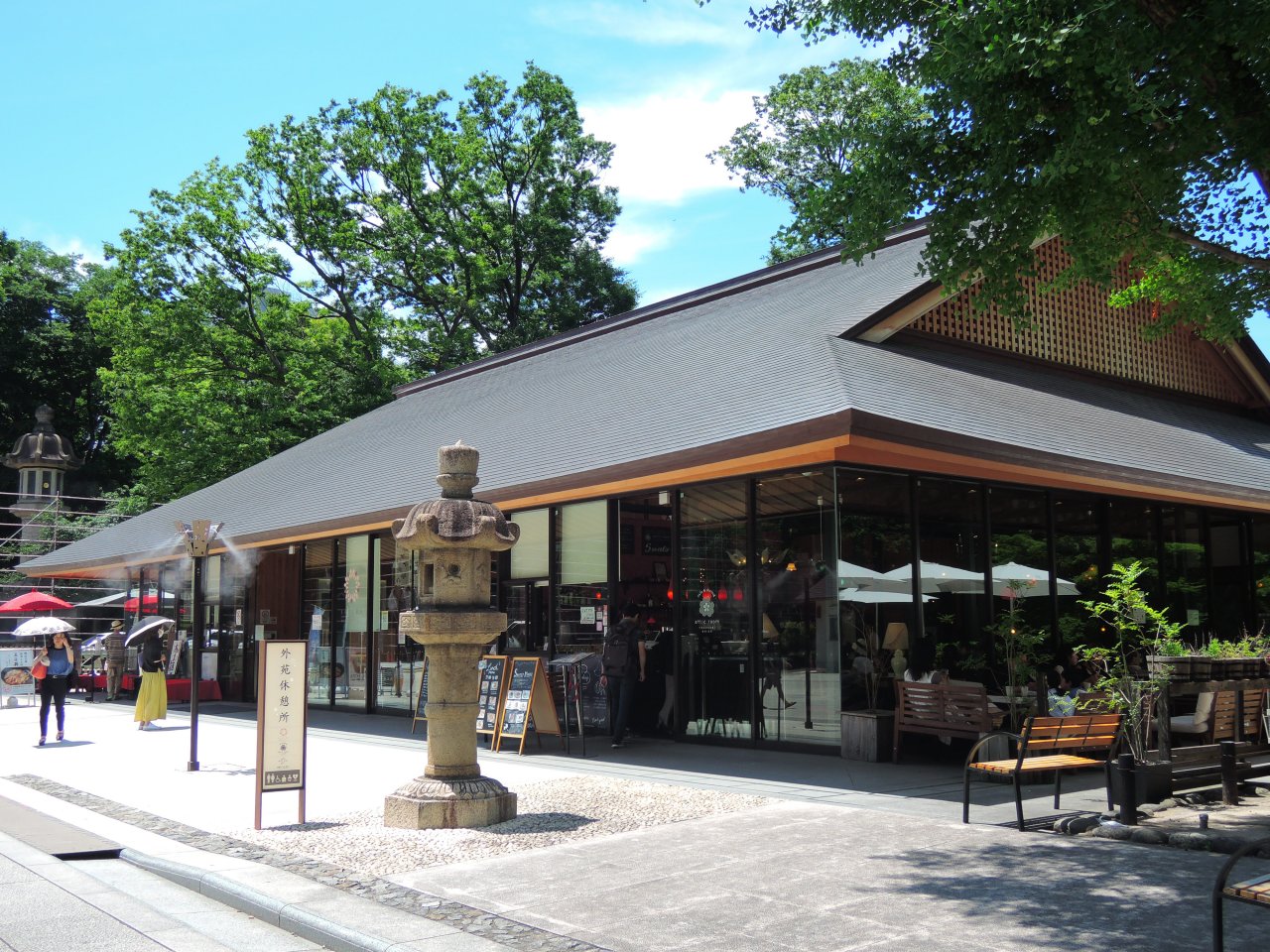
Visitor's Rest Area
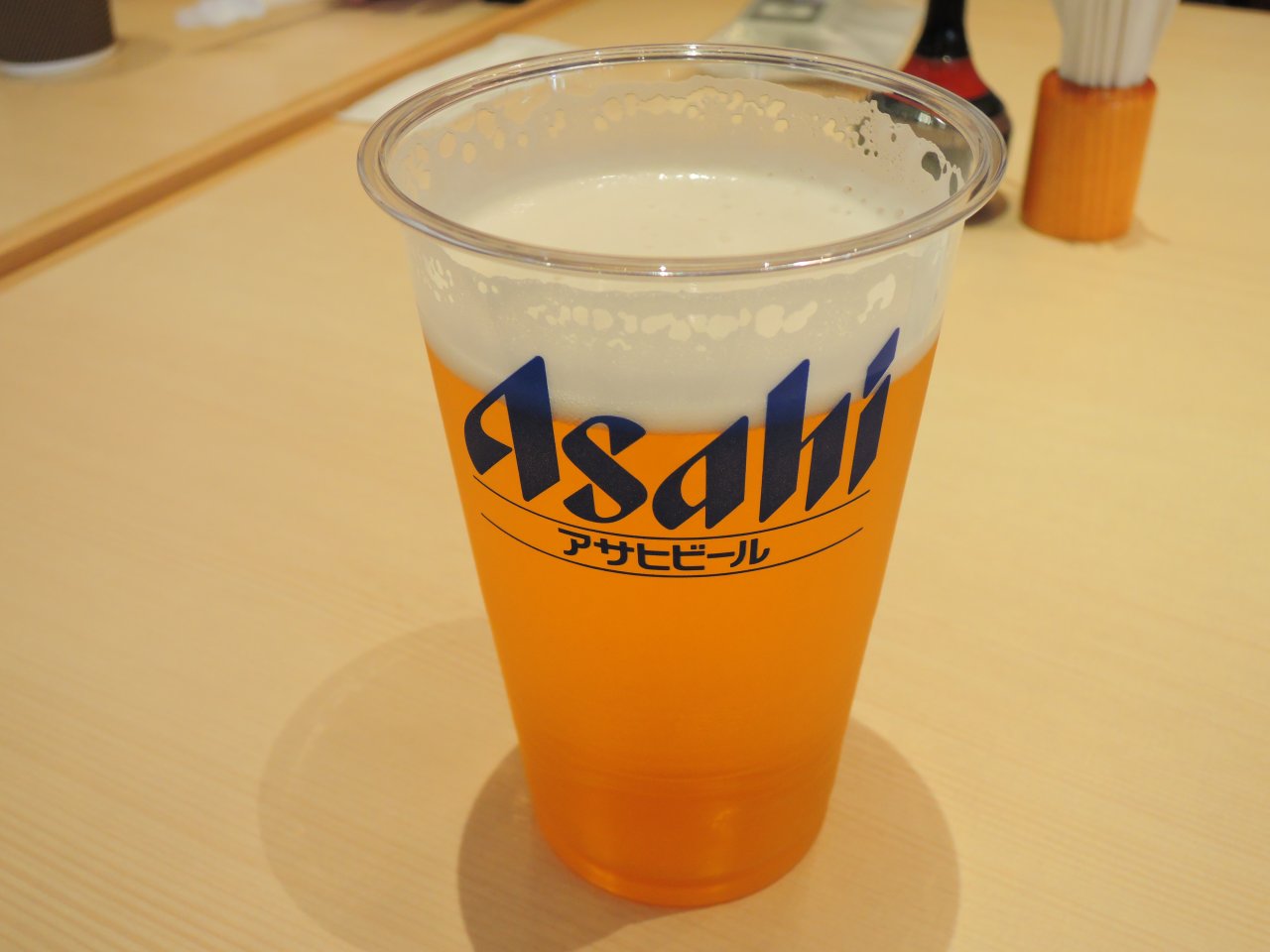
Beer Time Nikon Kenkyukai Meeting Today we also had a photo shoot. The concept was to enjoy casual photography with your everyday camera. What lens was attached to the Nikon Z f?
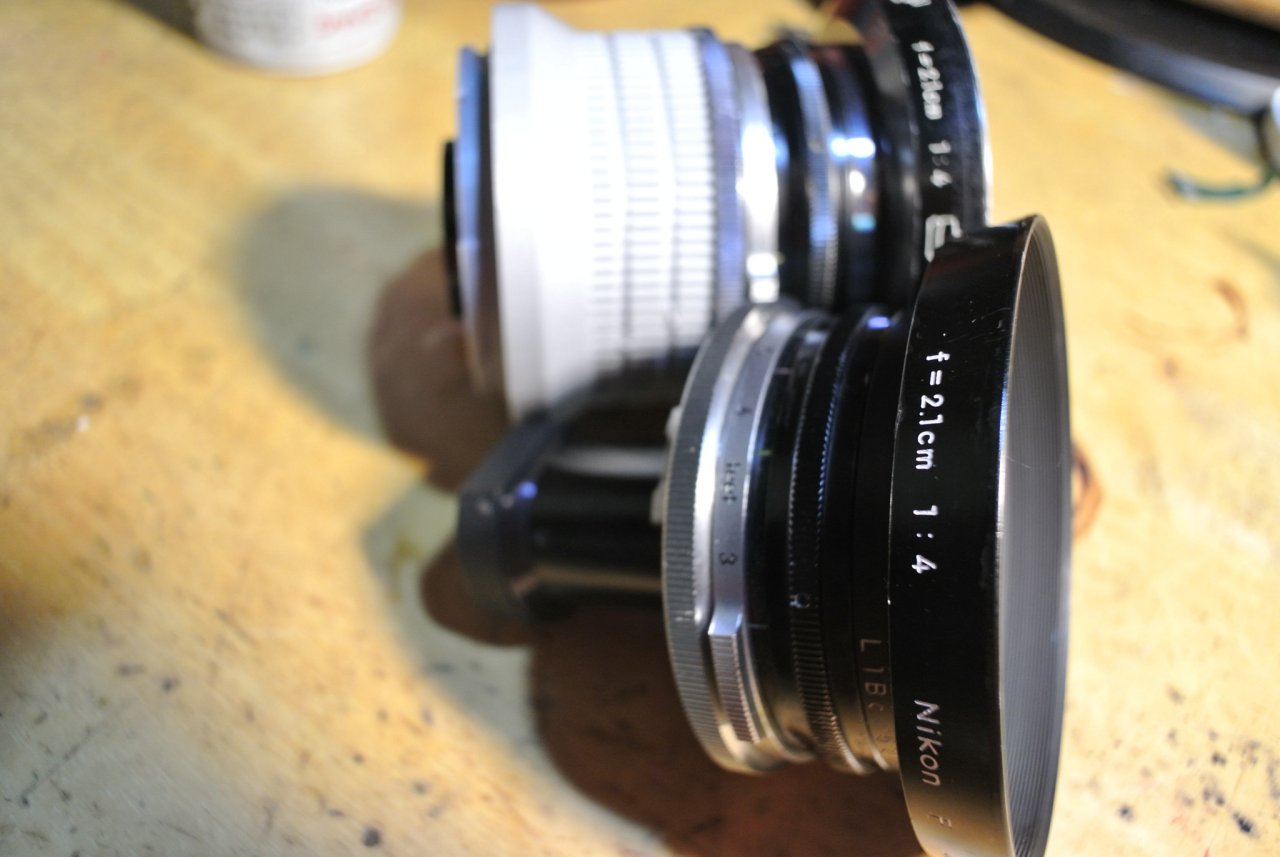
Nikkor 2.1cm F4
Notes:
Copyright Michio Akiyama, Tokyo Japan 2024 |